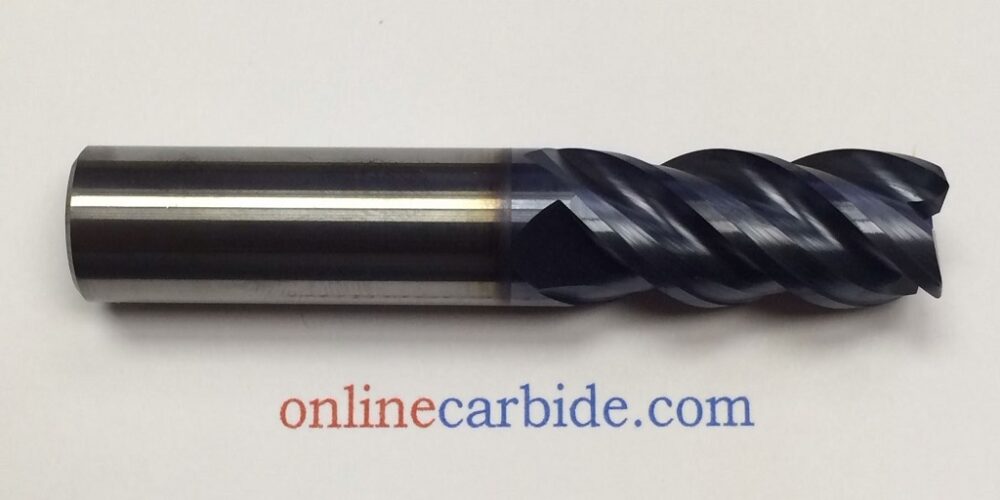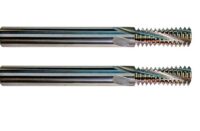Carbide tools are not cheap. When compared to steel tools, many find it difficult to justify the price difference. However, the market has spoken: tool steels have lost their market share for at least two decades now.
Now, it does not mean that a workshop is automatically widening its profit margins just by switching to solid carbide end mills. Carbide machining requires a paradigm shift to take full advantage of this amazing tooling material.
Here are 5 ways your workshop might be killing your carbide end mills:
Running The Wrong RPM
Solid carbide end mills are usually marketed as these superspeed tools that can take any punishment you dish out. This is just false. Carbide does offer improved hardness and heat refraction properties, allowing you to spin them faster than steel tools. However, you need to understand the importance of properly determining the right speed for your specific tool and material. This will help prevent situations where your tool creates suboptimal chip size or tool failure. The same goes with speeds that are too low and can cause tool deflection and bad finishes, or just yield low removal rates that won’t justify the cost of your tools.
Suboptimal Feed Rates
Every tool and material has an optimal feed rate. If you don’t know the ideal feed rate for your tools and the nature of the project, you can contact Online Carbide. They provide very useful information about high-performance tools and often offer great solid carbide end mills for sale. Bear in mind that if your feed rate is too slow, you risk accelerating tool wear as it recuts chips. Exceeding the ideal feed rate for your tool might result in tool fracture.
Wrong Roughing Techniques
Carbide tools are extremely rigid. This can be both a strength and a weakness depending on how you use them. Traditional milling requires focusing the brunt of the job on a small portion of the tool, especially the tip. This concentrates tensile forces and heat on the tooltip, working against carbide´s brittle nature. With high-performance tools, you need to adopt high-performance milling techniques with a higher axial depth of cut that distributes forces and heat along a larger surface. This not only extends your tool´s lifespan but also produces higher removal rates and requires fewer passes.
Not Changing Your Tool Holders
Higher speeds and more aggressive milling tool paths require a more secure machine-to-tool connection to reduce vibration and the risk of runout or pullout situations. Using the traditional mechanical tightening methods can reduce tool life and increase the risk of part scrapping. High-performance tools require tool holders with more points of contact like hydraulic and shrink fit chucks.
Using The Wrong Coating
While coatings provide your tool with a higher resistance, lubricity, and sharpness, not all coatings are optimized for your workpiece materials. For example, aluminum titanium nitride coating is extremely useful for hard alloys and ferrous materials. However, if you use it on aluminum pieces, it often causes chips to adhere to your tool damaging it.
The best way to make sure you are using the right tools, techniques, and equipment for your workshop is to contact tool manufacturers specialized in high-performance milling. Online Carbide has a wide selection of tools for workshops focused on efficiency and accuracy and they have solid carbide end mills for sale. Visit them today and find out more about their products.












